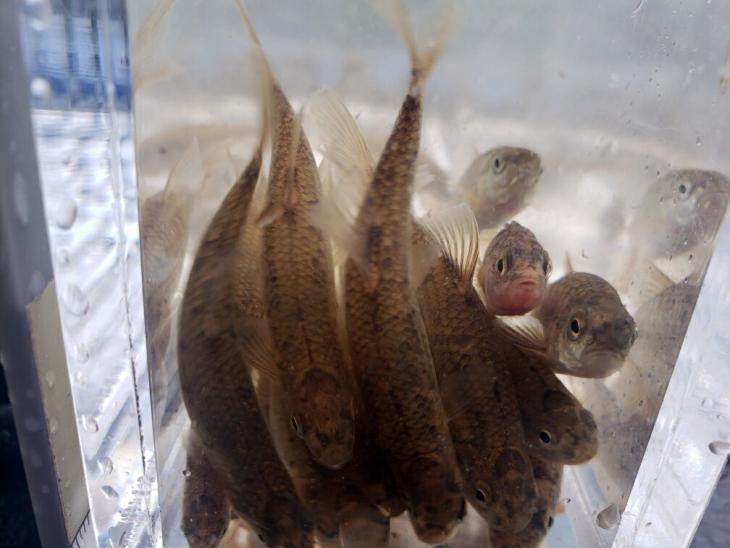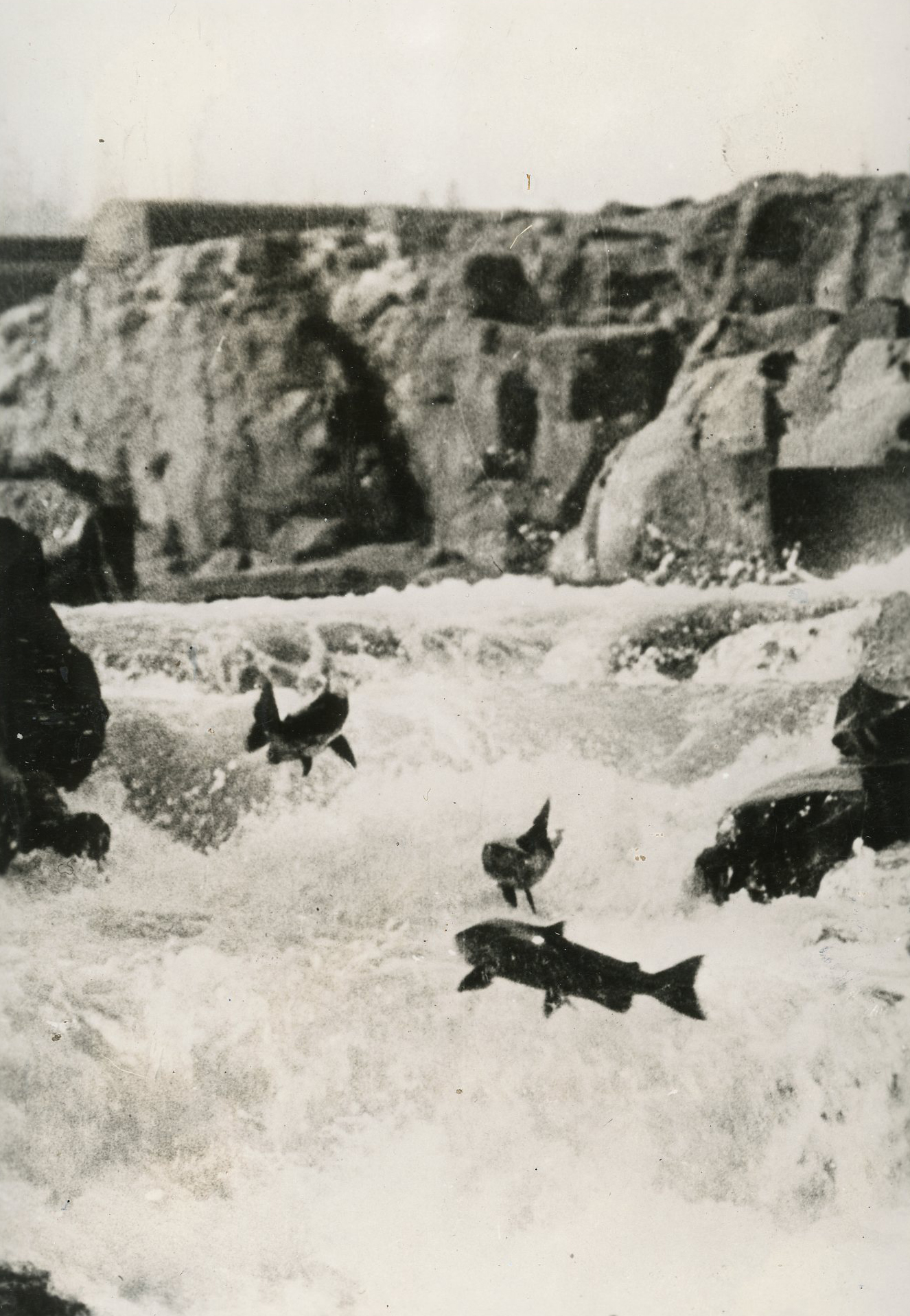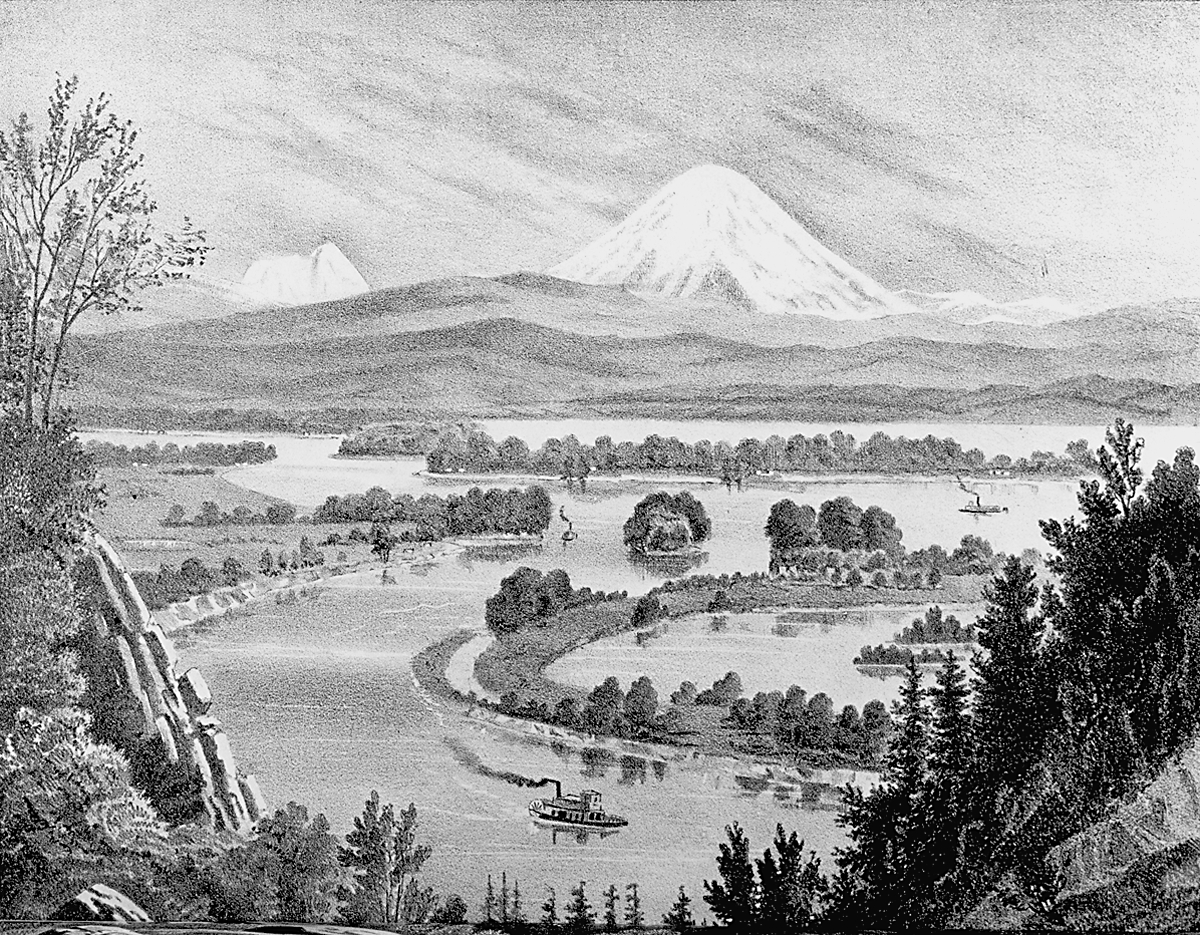Oregon chub (Oregonichthys crameri) are small minnows that exist only in the Willamette Valley of western Oregon. This species was formerly distributed throughout the Willamette Basin in off-channel habitats, such as beaver ponds, oxbows, backwater sloughs, and flooded marshes.
In the last hundred years, these habitats have disappeared because of changes in seasonal flows resulting from the construction of dams, channelization of the Willamette River and its tributaries, and draining of wetlands. The loss of habitat, combined with the introduction of non-native fish, resulted in a sharp decline in Oregon chub abundance and a 1993 federal listing as an endangered species.
Since 1991, the Oregon Department of Fish and Wildlife has conducted surveys to collect information on the distribution and abundance of Oregon chub, the characteristics of historic Oregon chub habitats, the presence of non-native and native species in these habitats, the characteristics of potential introduction sites, and the evaluation of Oregon chub introductions. Because of numerous successful introductions and the discovery of new populations, Oregon chub met the criteria to change its status from endangered to threatened in 2007. The U.S. Fish and Wildlife Service removed the chub from the endangered list completely in 2015, making it the first fish ever to be delisted because of its recovery. Due to their small size and secretive behavior, Oregon chub has had little social or economic impact.
-
![Oregon chub captured by Pacific Northwest Research Station scientists during their basin-wide study.]()
-
![]()
Oregon chub.
Courtesy Oregon Department of Fish and Wildlife -
![]()
Oregon Chub.
Photo Courtesy of Jeff Ziller, ODFW Springfield
Related Entries
-
![Salmon]()
Salmon
The word “salmon” originally referred to Atlantic salmon (Salmo salar),…
-
Willamette River
The Willamette River and its extensive drainage basin lie in the greate…
Related Historical Records
Map This on the Oregon History WayFinder
The Oregon History Wayfinder is an interactive map that identifies significant places, people, and events in Oregon history.
Further Reading
Scheerer, P.D., P.S. Kavanagh, B. Bangs, and S.E. Jacobs. "2007 Oregon chub investigations." Oregon Department of Fish and Wildlife, Fish Research Project EF-07, Annual Progress Report. Salem, 2007.





